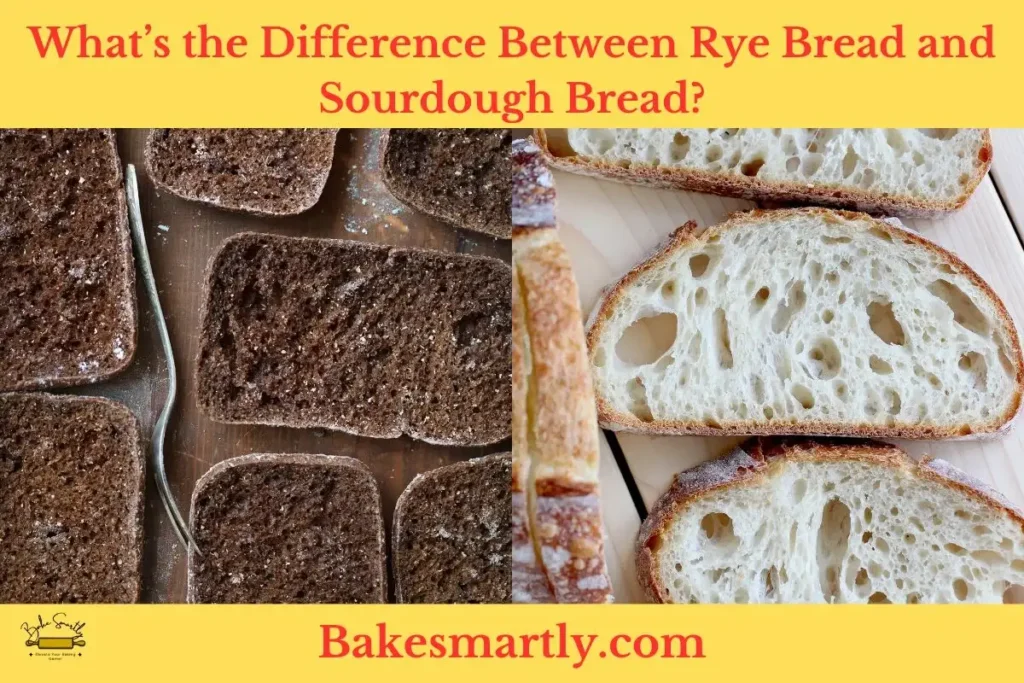
Mastering the Art of Bread Making: Can You Knead Dough After It Rises?
Are you a passionate home baker looking to take your bread making skills to the next level? If so, you’ve come to the right place. In the world of bread making, there’s nothing more satisfying than the process of kneading dough.
But what happens if you let your dough rise before kneading it? Can you still achieve that perfect loaf of bread?
In this article, we’ll delve into the age-old question of whether or not you can knead dough after it rises. We’ll explore the science behind bread making, the role of yeast, and the impact of kneading on the final product.
Table of Contents
ToggleThe Basics of Bread Making
Before we dive into the question of kneading dough after it rises, let’s start with the basics of bread making. Bread making is an ancient art that has been practiced for thousands of years. The process involves combining flour, water, yeast, and salt to create a dough. The yeast feeds on the sugar in the flour and produces carbon dioxide gas, which causes the dough to rise. This rising process is essential for creating light and airy bread.

The Importance of Kneading Dough
One of the key steps in bread making is kneading the dough. Kneading is the process of working the dough by hand or with a mixer to develop the gluten, which gives bread its structure and texture. When you knead the dough, you are stretching and folding the gluten strands, creating a network that will trap the carbon dioxide gas produced by the yeast during the rising process.
Kneading also helps to distribute the yeast and other ingredients evenly throughout the dough, ensuring that each slice of bread has a consistent taste and texture. It also helps to develop the flavors in the bread by allowing the yeast to ferment the sugars in the flour.
The Rising Process in Bread Making
Now that we understand the basics of bread making and the importance of kneading dough, let’s take a closer look at the rising process. After the dough has been kneaded, it needs to be left to rise. During this time, the yeast continues to feed on the sugar in the flour and produce carbon dioxide gas. This gas gets trapped in the gluten network, causing the dough to expand and rise.
The rising process typically takes around 1-2 hours, depending on the recipe and ambient temperature. The dough should be left in a warm, draft-free place to rise. A common method is to cover the dough with a damp cloth or plastic wrap and place it in a bowl. The dough should double in size during this time, indicating that the yeast is active and doing its job.
Can You Knead Dough After It Rises?
Now, let’s address the question at hand: can you knead dough after it rises? The short answer is yes, you can knead dough after it rises. However, there are some factors to consider before doing so.
When you let the dough rise before kneading, the gluten network becomes more fragile and delicate. Kneading the dough at this stage can potentially deflate the dough and release some of the trapped carbon dioxide gas, resulting in a denser and less airy loaf of bread. Additionally, over-kneading the dough at this stage can lead to a tough and chewy texture.
The Effects of Kneading Dough After It Rises
While it is possible to knead dough after it rises, it’s important to be mindful of the effects it can have on the final product. As i mentioned earlier, kneading the dough at this stage can cause the dough to deflate and release some of the trapped carbon dioxide gas. This can result in a denser loaf of bread with a tighter crumb structure.
However, there are some benefits to kneading dough after it rises. Kneading at this stage can help redistribute the yeast and other ingredients, ensuring a more uniform taste and texture throughout the bread. It can also help to develop the gluten further, resulting in a stronger and more elastic dough.
Alternatives to Kneading Dough After It Rises
If you’re concerned about deflating the dough or prefer a lighter and airier loaf of bread, there are alternatives to kneading dough after it rises. One option is to gently fold the dough instead of kneading. Folding involves lifting a portion of the dough and folding it over itself, repeating this process a few times. This helps to redistribute the yeast and develop the gluten without deflating the dough as much.
Another alternative is to shape the dough into a ball or loaf shape after it rises and let it rest for a short period before baking. This allows the dough to relax and redistribute the gluten, resulting in a more open crumb structure.

How Long Do You Knead Dough After It Rises?
After your dough has risen, the kneading process plays a crucial role in developing its texture and structure. Typically, kneading for about 5 to 10 minutes is sufficient. This helps distribute the yeast evenly, expelling excess air, and creating a uniform consistency. However, the exact time may vary based on the type of bread you’re making.
Keep an eye on the dough’s elasticity and smoothness – these are good indicators of proper kneading. Remember, a well-kneaded dough contributes to better browning during baking, enhancing both appearance and flavor.
Tips for Successful Bread Making
Now that we’ve explored the question of kneading dough after it rises and discussed some alternatives, let’s dive into some tips for successful bread making.
1. Use high-quality ingredients: The quality of your ingredients will greatly impact the taste and texture of your bread. Opt for high-quality flour, fresh yeast, and good-quality salt.
2. Measure accurately: Baking is a science, so it’s important to measure your ingredients accurately. Use a kitchen scale for precise measurements.
3. Control the temperature: Yeast is sensitive to temperature. Make sure the water you use is at the right temperature to activate the yeast without killing it.
4. Follow the recipe: It’s essential to follow the recipe instructions carefully, especially when it comes to kneading and rising times. These times are specific to each recipe and are crucial for achieving the desired results.
5. Practice patience: Bread making requires time and patience. Don’t rush the process, and allow the dough to rise for the recommended time.
Common Mistakes to Avoid in Bread Making
While bread making can be a rewarding and enjoyable process, there are some common mistakes that can hinder your success. Here are a few to avoid:
1. Using too much flour: Adding too much flour can result in a dry and dense loaf of bread. It’s important to add flour gradually and only as needed.
2. Not kneading enough: Kneading is crucial for developing the gluten and creating a light and airy loaf. Make sure to knead the dough for the recommended amount of time.
3. Overproofing the dough: Allowing the dough to rise for too long can lead to an overproofed dough, which will result in a flat and dense loaf of bread.
4. Not preheating the oven: Preheating the oven is essential for achieving a good rise and crust in your bread. Make sure to preheat the oven before baking.
Conclusion
In conclusion, while it is possible to knead dough after it rises, there are some considerations to keep in mind. Kneading at this stage can potentially deflate the dough and result in a denser loaf of bread. However, there are alternatives to kneading, such as folding the dough or shaping it and allowing it to rest before baking.
Ultimately, the choice of whether to knead dough after it rises depends on personal preference and the desired outcome. Experimenting with different techniques and recipes will help you find the method that works best for you. So, put on your apron, dust off your rolling pin, and embark on your journey to bread making mastery. With practice and a little bit of science, you’ll be creating mouthwatering loaves that will impress even the toughest bread critics. Happy baking!
Lindsey Mackenzie
About me
Hi there! I’m Lindsey Mackenzie, the founder of Bake Smartly. Baking has been my passion since childhood, growing up in my father’s bakery. With Bake Smartly, I’m excited to share my love for all things sweet and savory. Join me on this delicious journey as we whip up scrumptious treats and sprinkle joy into every bite!






